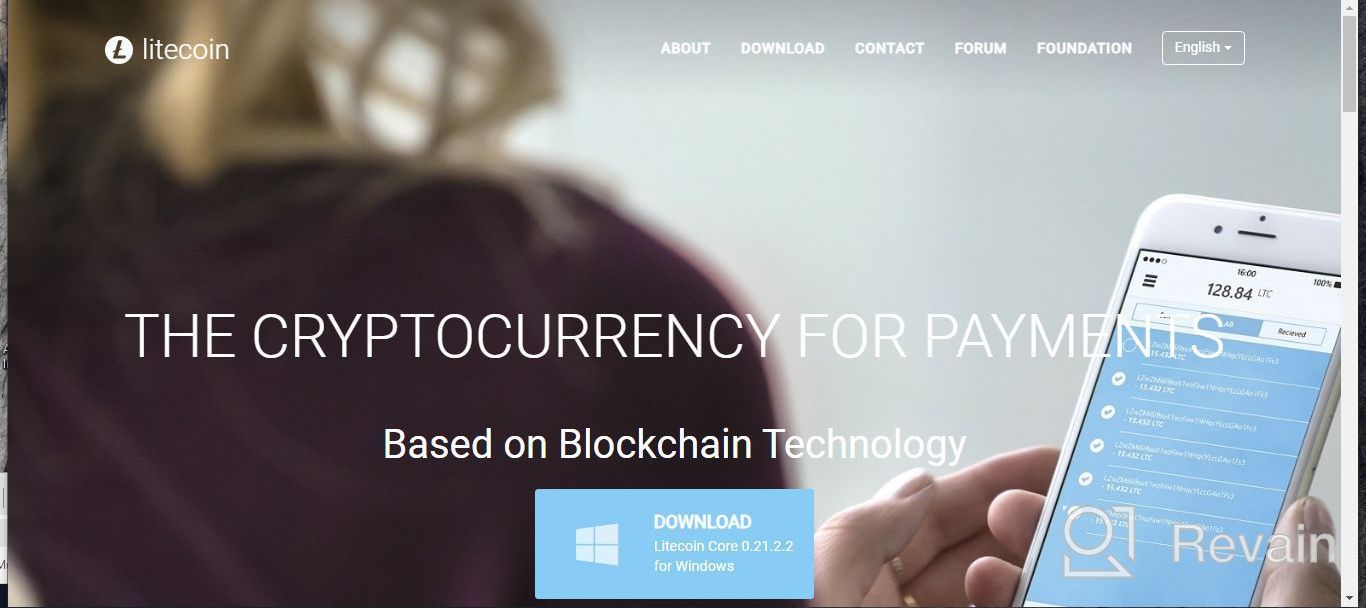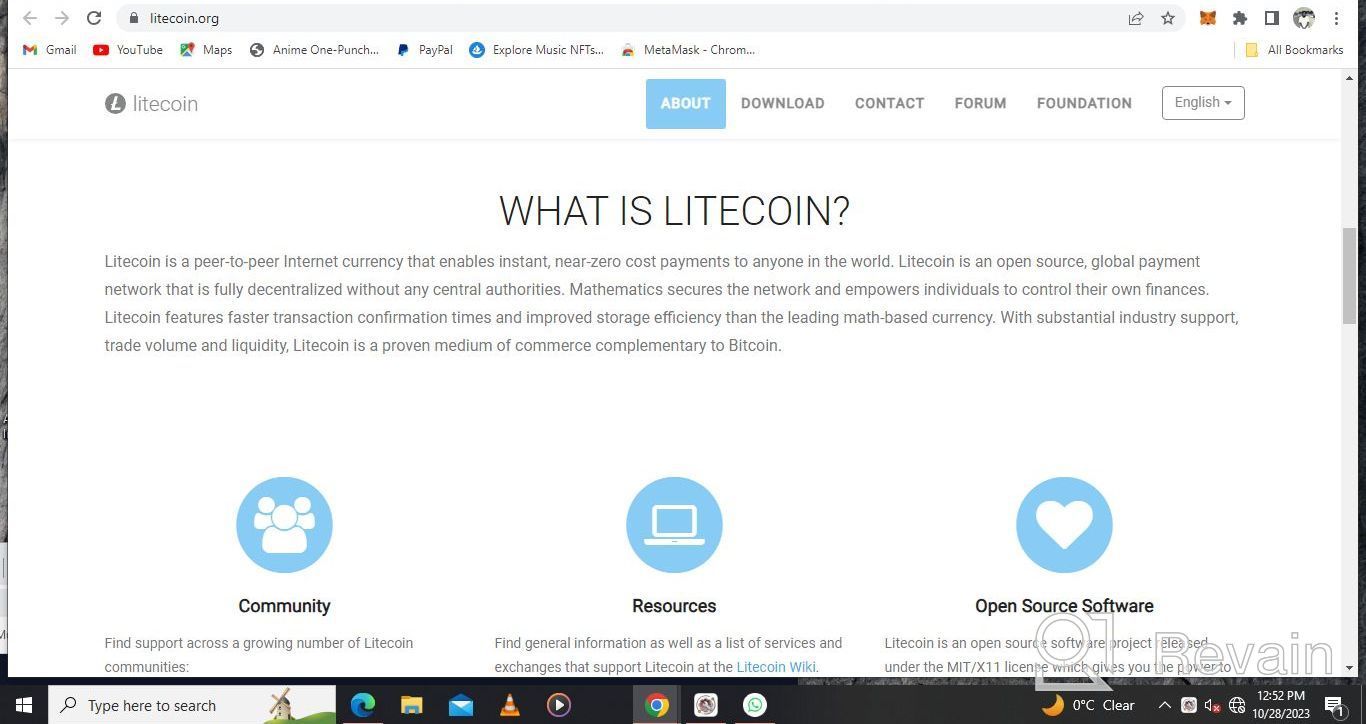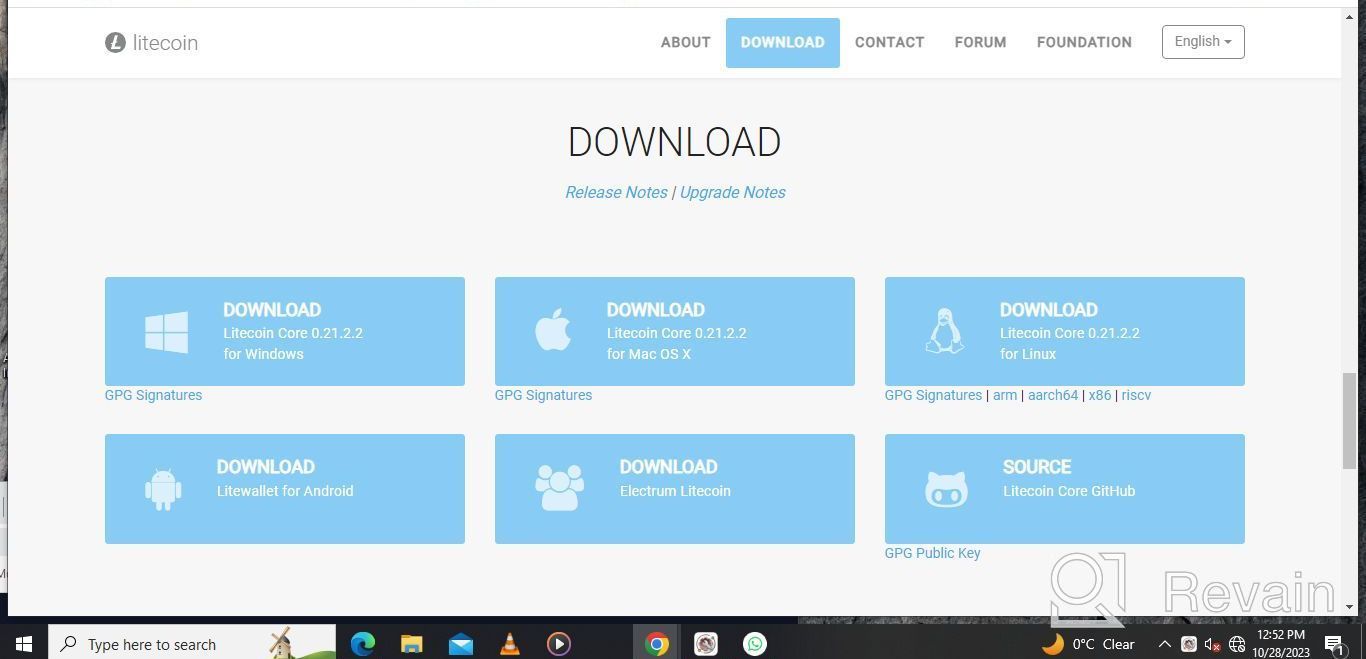
Review on Litecoin by Zangi Kazhila

Litecoin - The "Should I Stay or Should I Go" of Cryptocurrencies
Litecoin, often referred to as the "silver" to Bitcoin's "gold," has been a part of the cryptocurrency landscape for quite some time. In this personal review, I'll adopt a pessimistic perspective, focusing on the criticisms related to its perceived stagnant price and market dynamics.
Lack of Innovation: One of the major criticisms of Litecoin is its perceived lack of innovation. It's like having a favorite restaurant that hasn't updated its menu in years. While Bitcoin continually evolves with developments like the Lightning Network, Litecoin has struggled to introduce groundbreaking features, making it appear stagnant in comparison.
Price Stagnation: Litecoin's price has been relatively stagnant compared to some other cryptocurrencies. It's like investing in a stock that doesn't seem to move. While stability can be a desirable trait, in the crypto world, it can be interpreted as a lack of excitement and potential for substantial gains.
Fierce Competition: The cryptocurrency market is highly competitive, and Litecoin competes with various other digital assets for attention and investment. It's like being in a crowded marketplace where everyone is trying to sell their product. Standing out becomes increasingly difficult as new projects emerge with unique features and value propositions.
Market Saturation: Litecoin has been around for a long time, and it's like a seasoned actor in a movie industry. While it has its loyal fan base, attracting new users can be challenging in a market that's saturated with thousands of cryptocurrencies, each claiming to offer something unique.
Scalability Challenges: Litecoin's scalability has been questioned, especially when compared to newer blockchains. It's like trying to keep up with a fast-growing city's infrastructure needs. As the crypto space expands, scalability becomes a critical factor, and Litecoin's ability to accommodate a growing user base is under scrutiny.
Community Fragmentation: Litecoin has seen some community fragmentation and leadership changes. It's like a political party with internal conflicts. Such disarray can raise doubts about the project's ability to maintain a cohesive vision and direction.
Lack of Use Cases: While Litecoin was initially marketed as a faster and cheaper alternative to Bitcoin for transactions, it has struggled to establish significant use cases beyond that. It's like having a tool that's excellent for one specific job but doesn't work well elsewhere. In a market where versatility is prized, this limited use case can be a drawback.
Market Perception: Litecoin's reputation as "digital silver" implies that it's a store of value, similar to Bitcoin's "digital gold" narrative. However, this perception hasn't translated into substantial price appreciation. It's like having a product with a fancy label but not living up to the hype, which can erode trust and confidence.
Regulatory Challenges: Cryptocurrencies face evolving regulatory landscapes, and Litecoin is not immune to potential regulatory hurdles. It's like being in a legal gray area. The uncertainty around regulations can have an impact on its adoption and market dynamics.
In conclusion, Litecoin's perceived stagnant price and market dynamics have been a cause for concern for some investors and observers. While it has maintained a stable and secure network, it has struggled to innovate and compete in a rapidly evolving cryptocurrency landscape. Overcoming these challenges will be essential for Litecoin to revitalize interest and assert itself as a relevant and competitive digital asset in the ever-changing world of cryptocurrencies.



- Fast Transaction Speed: Litecoin is known for its faster block generation times and transaction confirmation, making it a suitable choice for quick and efficient transactions compared to Bitcoin.
- Competition: Litecoin faces competition from a multitude of other cryptocurrencies, some of which offer unique features and use cases, making it challenging to stand out in a crowded field.













